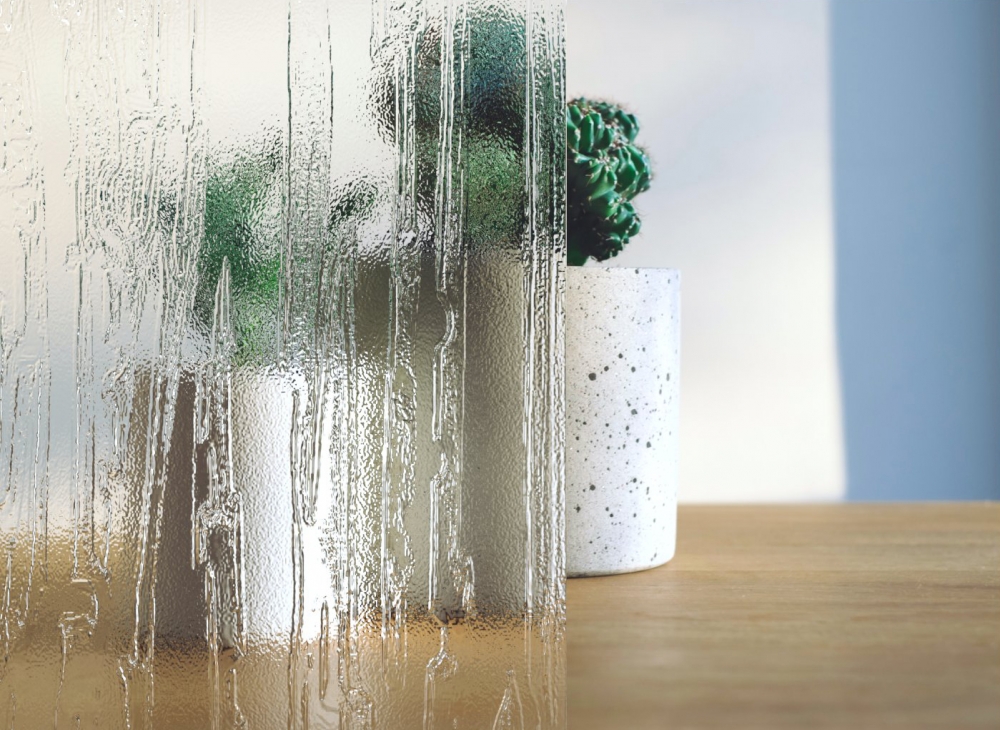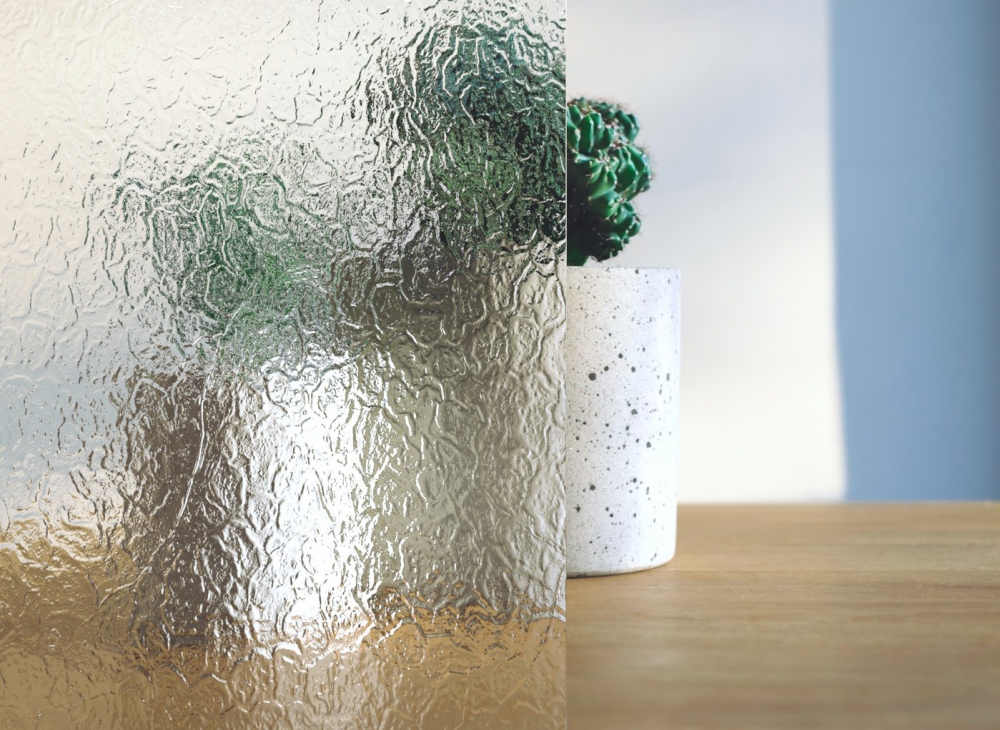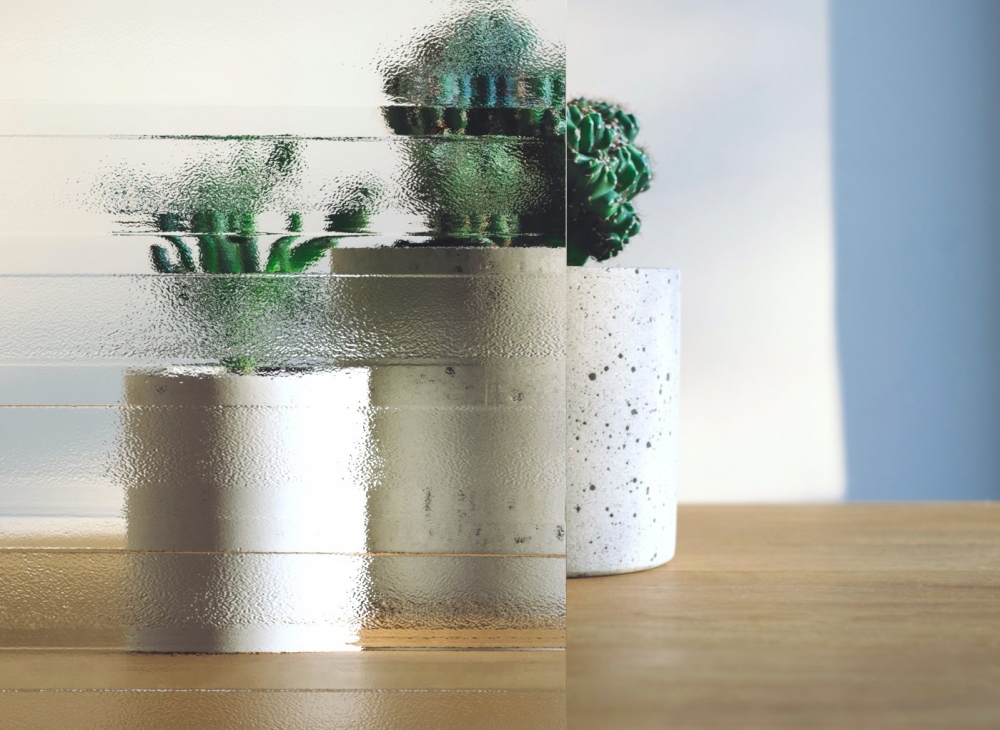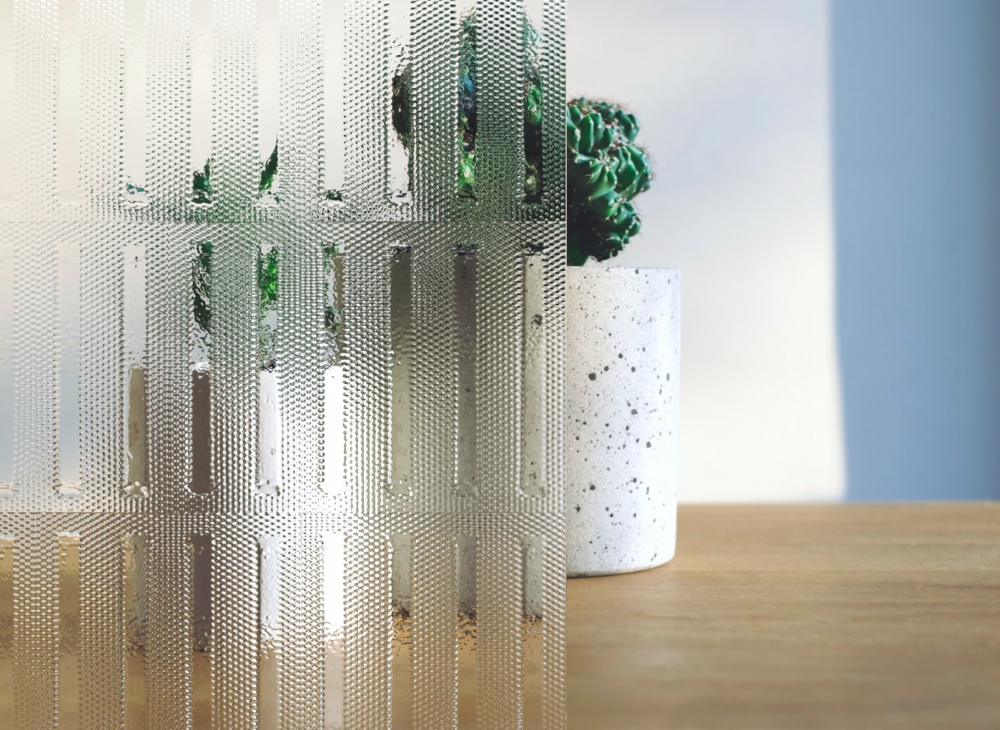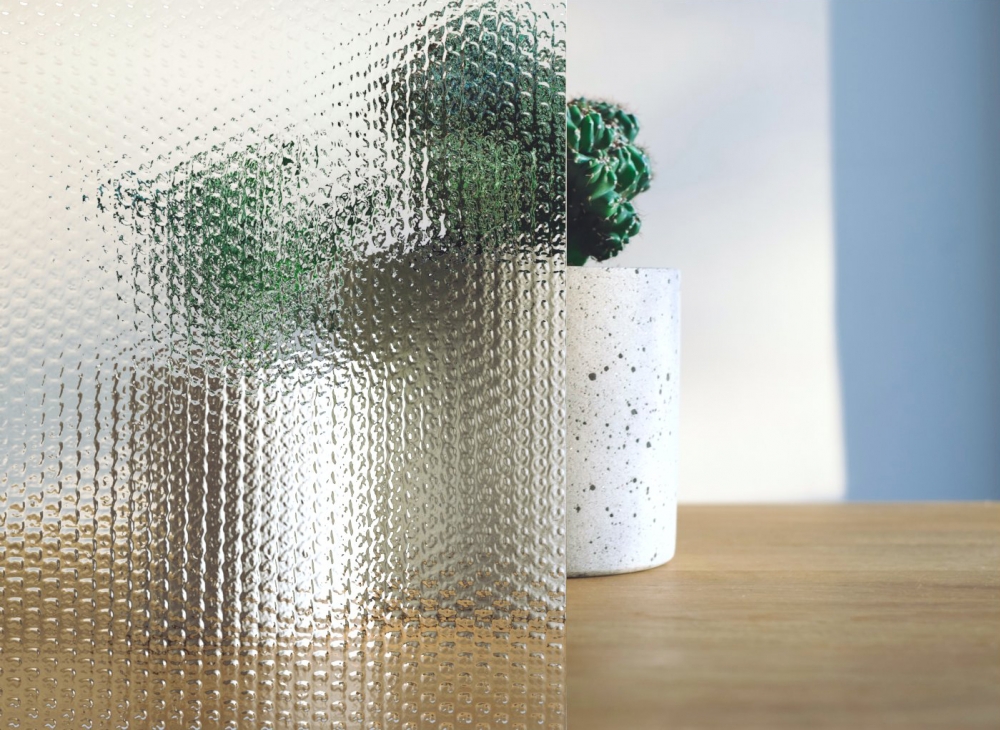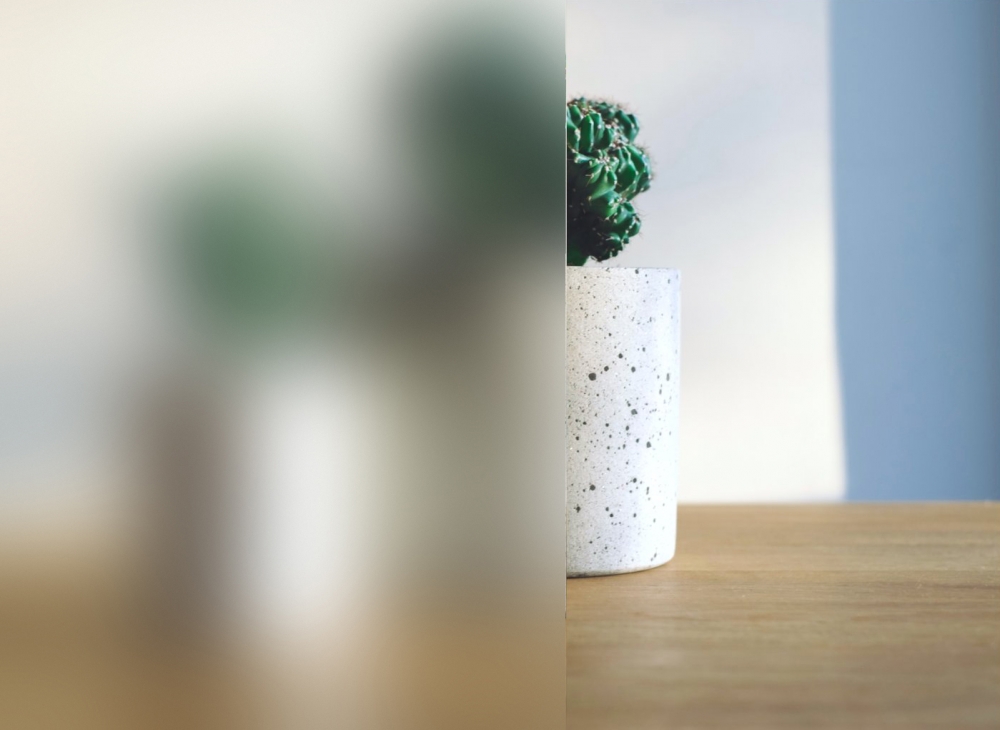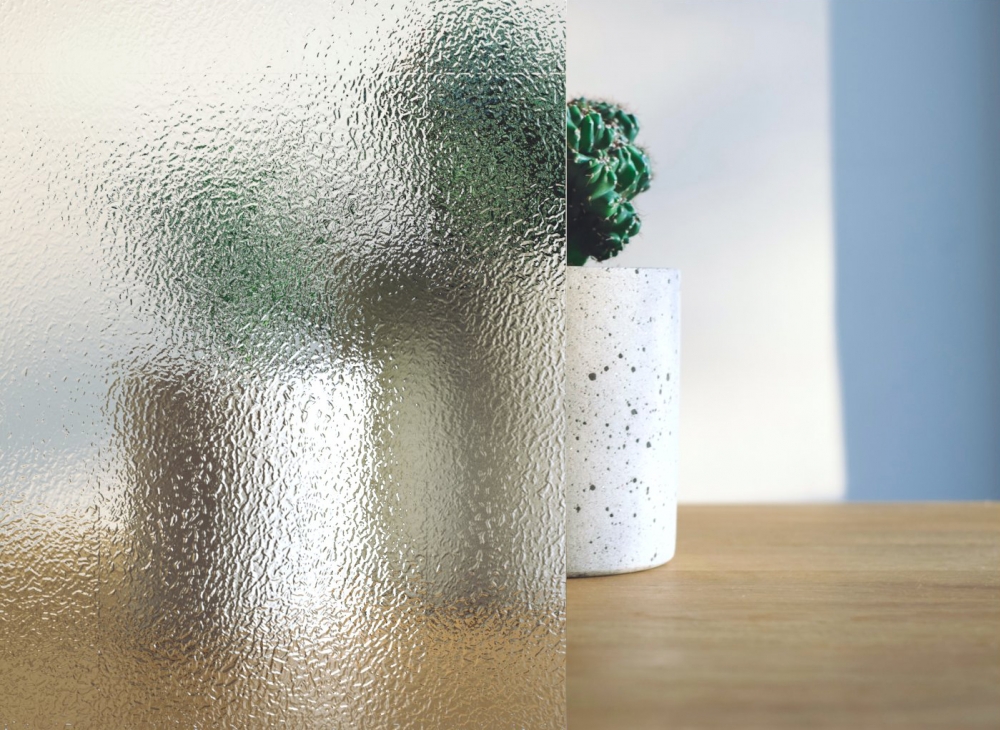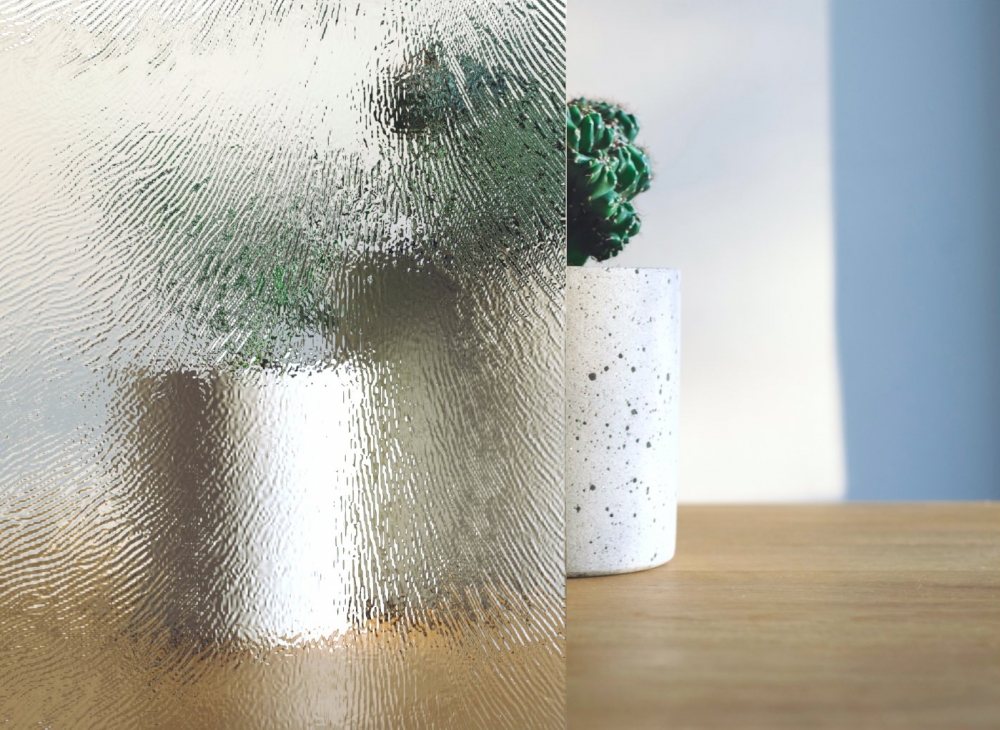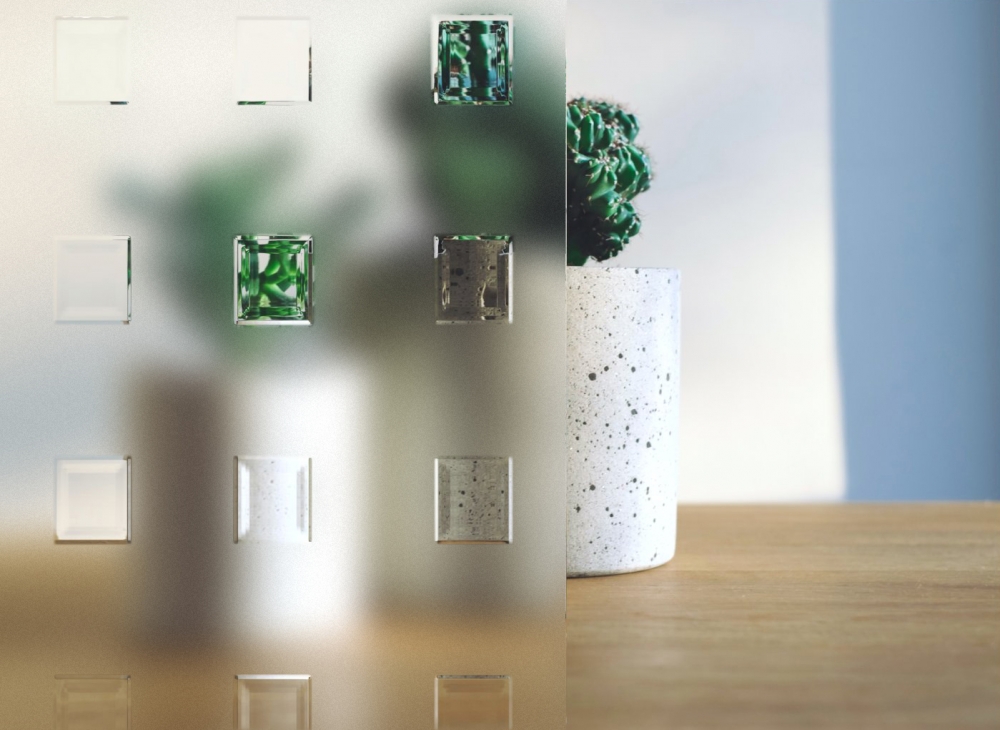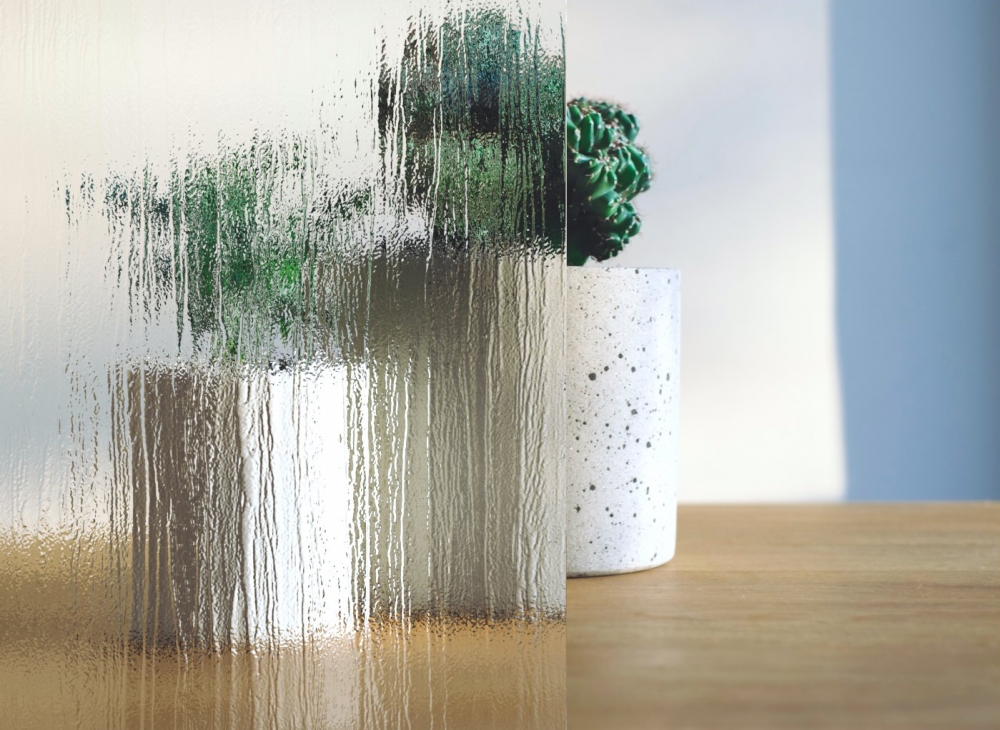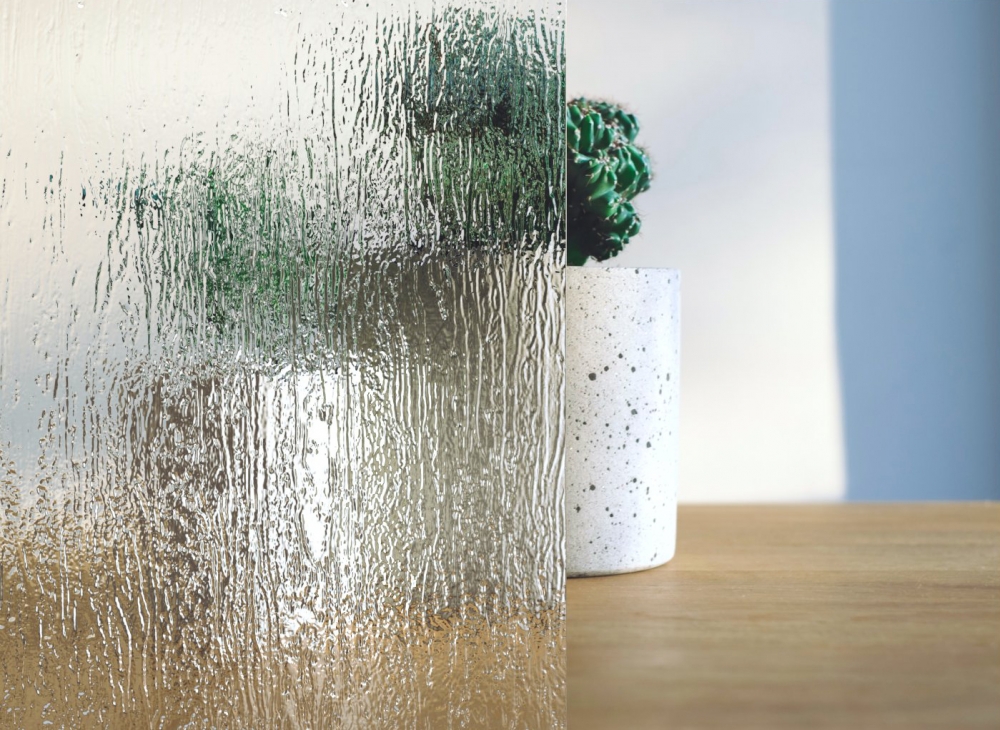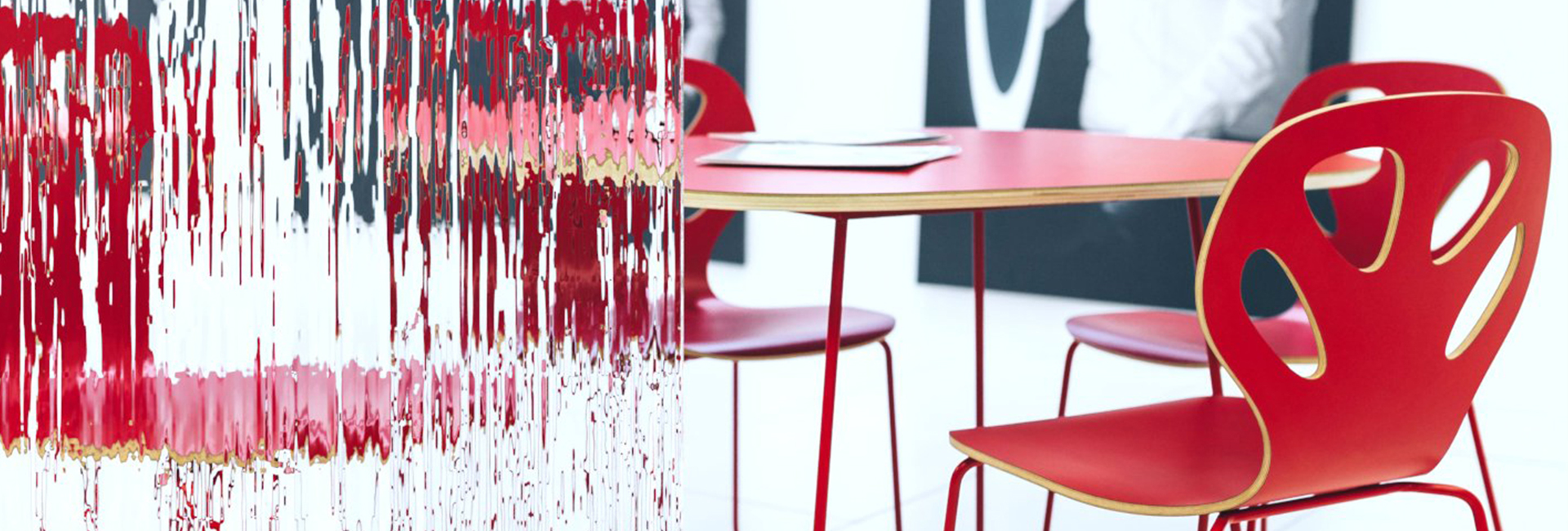
What are the decorative (ornamental) glasses?
The decorative glass is a glass made of the ornamental glass, which are responsible for a decrease of the transparency level, whereby remaining the good level of the light transmittance. Due to this reason a surface of this glass has an impressed repeated pattern 9ornament) on its one side. They are used especially for the decorative purposes.
The decorative glass is a glass made of the ornamental glass, which are responsible for a decrease of the transparency level, whereby remaining the good level of the light transmittance. Due to this reason a surface of this glass has an impressed repeated pattern (ornament) on its one side. They are used especially for the decorative purposes.
The ornamental glass used in the Effector decorative glasses is a glass featuring a lowered transparency resulting from a dissipation of the light rays on its pattern surface.
Due to its high utility and decorative values this type of the glass is applied in:
Residential and industrial construction, e.g. as a glazing for the partition walls and the doors in the private houses, places of public utility and in the thermo-insulation sets.
A wide range of the patterns and colours enables the architects and the interior designers to shape the space freely.
Advantages of the decorative glass made by Effector:
- an opportunity to achieve the different light effects and a different degree of dimming,
- five privacy levels, specified from 1 (the least obscuring) do 5 (the most obscuring),
- a broad range of the offered patterns,
- unique decorative values.
The ornamental glass is produced while using a method of the continuous rolling, whereby one of the rolls features a pattern embossed on the glass surface. An effect of the partial masking or dimming can be achieved by dying the glass mass into brown or a section of the more or less low-profile pattern. The light that falls onto the ornamental glass is partially reflected, and partially dispersed depending on the shape and size of the ornament. An interdependency of these two phenomena has an impact on the observed degree of twinkling and dimming. The ornamental glass usually transmits only slightly less light than the colorless glass.
